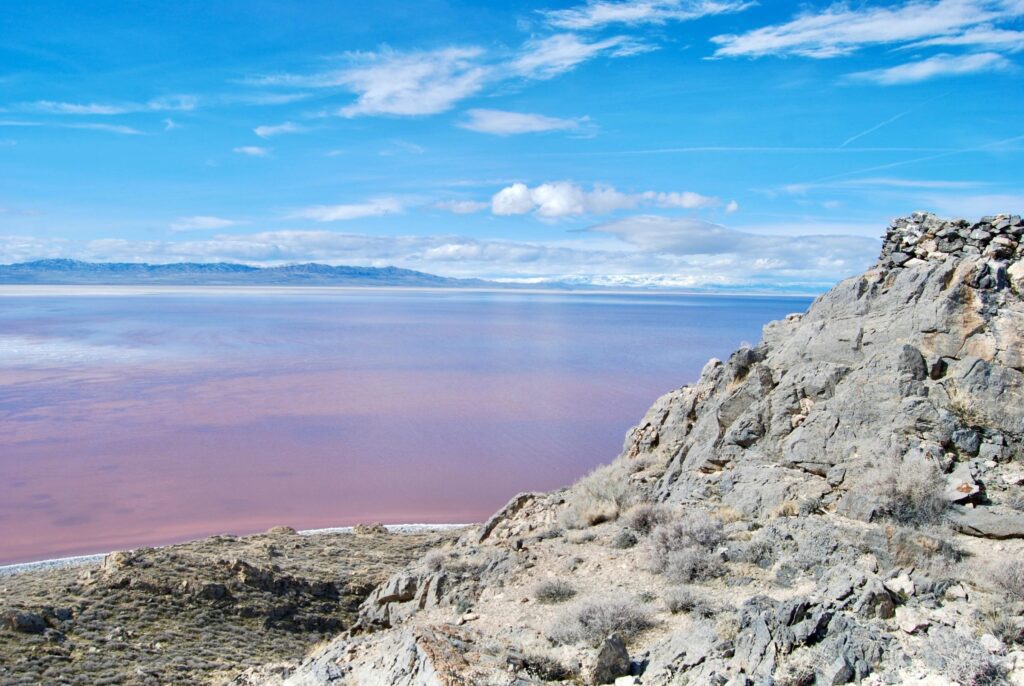A recent study from the University of Utah reveals that human activities have significantly altered the Great Salt Lake’s environment over the past two centuries, shifting it into a chemical state not seen for at least 2,000 years. By analyzing sediment cores and isotopes from the lakebed, researchers identified two main human-driven changes:
1. The arrival of Mormon settlers in the mid-19th century led to extensive irrigation, increasing organic matter inflow and disrupting the lake’s carbon cycle.
2. The 1959 construction of the Railway Causeway changed hydrological dynamics, impacting salinity and water balance.
These findings highlight the lake’s historical adjustments to natural versus human influences, using sediment records as valuable ecological archives. The research emphasizes the importance of understanding the lake’s past to inform future conservation efforts amidst ongoing drought conditions.
Source link


